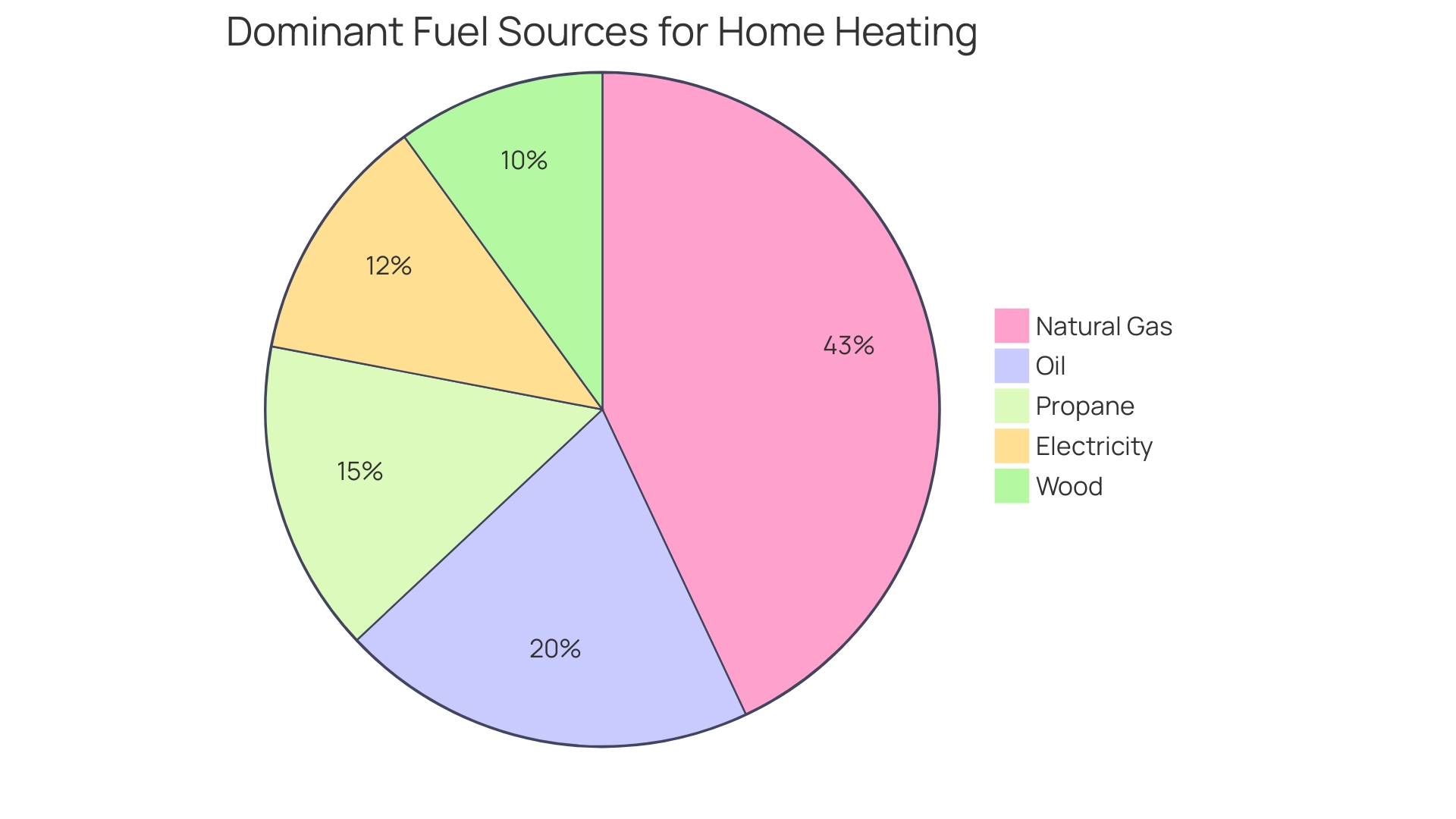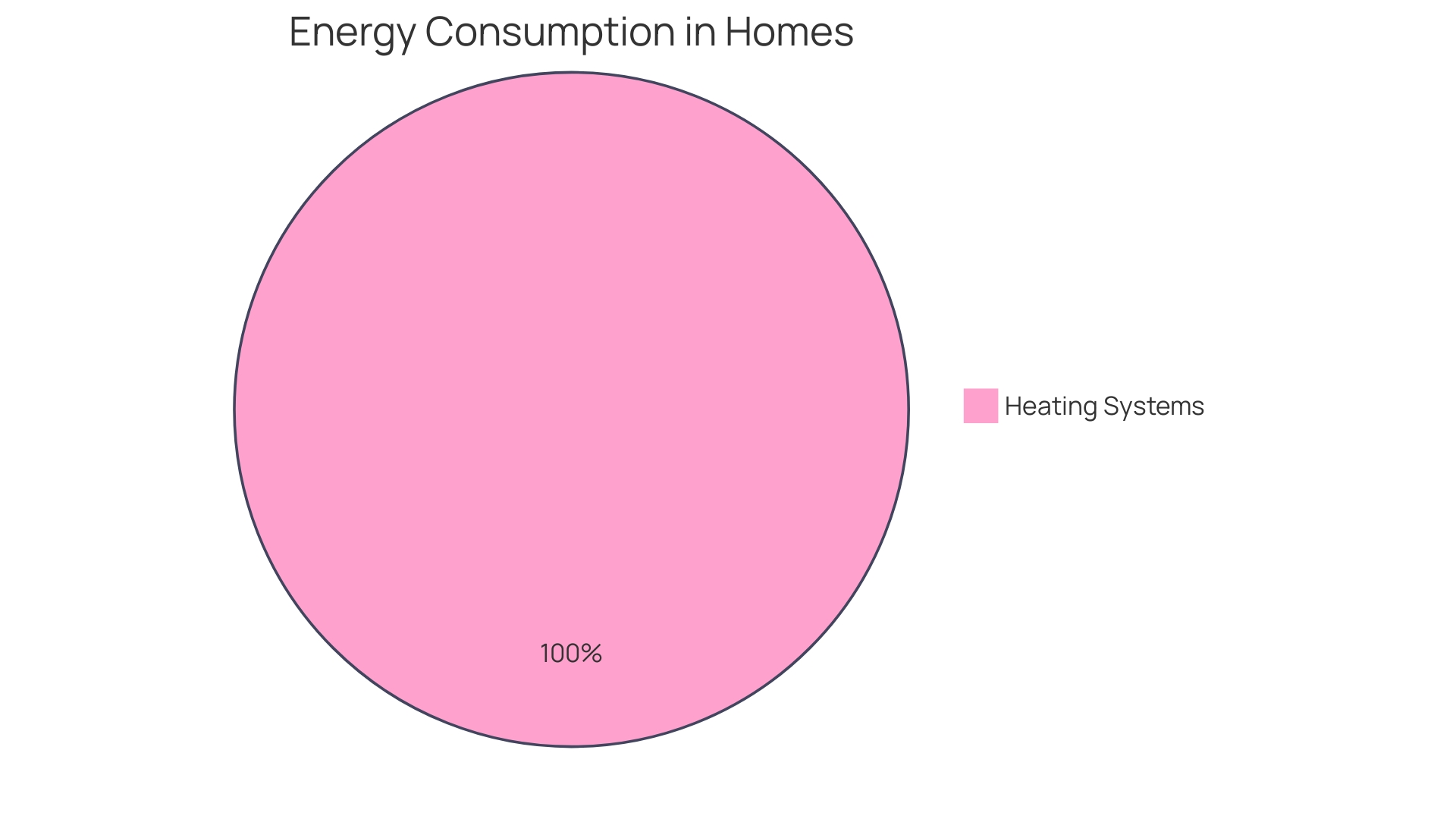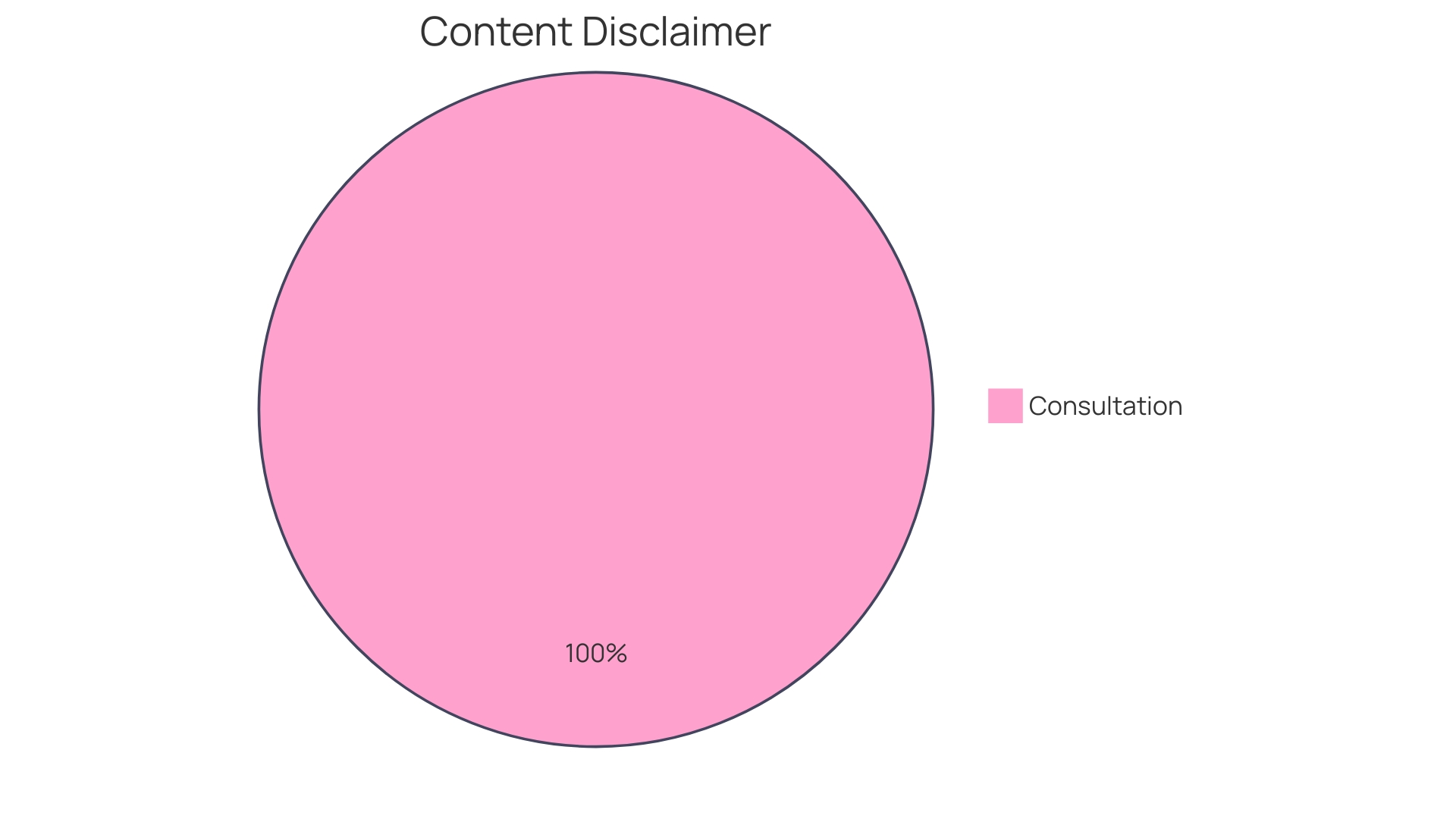Introduction
Gasoline prices in Wyoming play a crucial role in the daily lives and economic stability of its residents. With a heavy reliance on utility gas, electricity, and propane for heating, the cost of gasoline directly impacts household expenses, especially during the colder months when heating systems consume significant power. The energy landscape in Wyoming is also influenced by national policy changes, such as EPA regulations to reduce methane emissions.
Additionally, gas prices in Wyoming are affected by factors like energy consumption for heating, consumer behavior, and national price fluctuations. Understanding these complex interrelations is essential for making informed decisions in the evolving energy economy of Wyoming.
Gas Price Trends in Wyoming
Gasoline prices in this state, much like heating and electricity, play a pivotal role in the economic stability and daily lives of its residents. The cost of gasoline directly affects the cost of heating homes, especially considering the state's reliance on utility gas (59% of homes), electricity (22.8%), and propane (11.6%) for heating needs. A significant portion of household expenses in Wyoming is attributed to heating systems, which, during the colder months, can consume between 1,000 to 7,500 watts of power. This high power demand translates to higher expenses for Wyomingites, particularly in winter when heating systems are in constant use.
Additionally, the state's landscape and climate require significant power consumption, with home heat pumps averaging a wattage of 2,415. This power usage is one of the contributors to the overall cost of gasoline, as the transportation of fuel itself is a power-intensive process. In recent years, the residents have witnessed a significant shift in electricity costs, partly due to the 29 percent increase proposed by the largest utility company in the state of Wyoming, which has been attributed to the financial requirements of new wind projects and the associated transmission lines.
Furthermore, national policy changes, like the EPA's new regulations to reduce methane emissions, are projected to decrease emissions by 80 percent by 2038 in the oil and gas sectors. This is particularly relevant in areas like the Upper Green River Basin, where methane emissions from gas fields once resulted in air quality worse than Los Angeles.
Moreover, the economic behavior of residents in this state, who are used to some of the most affordable electricity rates in the nation, is also affected by gas costs. According to a Bankrate study, decreased fuel costs in certain states directly contribute to increased yearly mileage, causing individuals to spend more on gasoline overall, even though the cost per unit is lower.
Comprehending these intricate connections of gas costs, heating fuel usage, policy modifications, and consumer conduct is crucial for making well-informed choices. The intricate balance of fuel options, energy demands, and environmental regulations continue to shape the trends and fluctuations in gas costs within the state of Wyoming.

Factors Influencing Gas Price Fluctuations
Gasoline prices in the state of Wyoming are influenced by a complex interplay of factors, including the fuel requirements for heating systems and the range of power sources available to consumers. In this state, homes predominantly utilize utility gas, with 59% of households relying on it for heating, followed by electricity at 22.8%, and propane at 11.6%. The conversion process, particularly in heating systems which can range from 545 to 7,500 watts depending on the season, is a significant driver of costs due to the high power requirements. The recent proposal by Wyoming's largest utility to raise electricity costs by 29% is attributed to the expenses associated with new wind projects and the necessary transmission lines. This rise is symbolic of a wider pattern throughout the United States, where electricity prices are rising in part due to the shift toward renewable power sources and climate policies. These advancements, in addition to EPA regulations targeted at decreasing methane emissions by 80% by 2038, are transforming the landscape of power. The Energy Information Administration highlights that the average monthly electricity bill in the U.S. rose by 13% from 2021 to 2022, marking the most substantial annual increase since 1984, after adjusting for inflation. These financial pressures underscore the interconnectedness of energy choices, regulatory changes, and market dynamics, which are crucial for individuals and businesses in Wyoming to understand as they navigate the evolving energy economy.

Seasonal Variations in Gas Prices
Seasonal demand patterns have a significant impact on the cost of gas, frequently leading to noticeable fluctuations. The primary driver of gasoline prices is the underlying cost of oil; however, seasonal factors also play a pivotal role. As the temperature drops, households in a certain state, where a majority rely on one type of fuel and a significant number rely on another for heating, see an increase in their power usage. This rise is because of the need to transform power into heat, which can be expensive, particularly considering the wattage of home heat pumps ranges from 1,000 to 7,500 watts during these months.
At the same time, the Information Administration highlights a wider pattern of increasing electricity expenses nationwide, mainly as a result of investments in infrastructure to facilitate renewable power sources, such as the wind projects in Wyoming. These investments, while crucial for the transition in power, add to the increased expenses during the winter season. Moreover, new EPA regulations aiming to curb methane emissions from both existing and new oil and gas infrastructure could influence future fuel costs by requiring technology upgrades and more rigorous monitoring.
To manage these seasonal price shifts and higher consumption periods, consumers are encouraged to engage in strategic planning. By comprehending these market dynamics and the influence of power policies, consumers can better predict alterations in their bills and adapt their fuel purchases accordingly. This approach is supported by the Federal Energy Regulatory Commission, which underscores the necessity for continuous market assessments to identify and navigate emerging trends in the energy sector.

Comparing Wyoming's Gas Prices to National Averages
Examining the gas prices in a specific region compared to the national average reveals important insights into the local fuel dynamics. Residents of this state have traditionally enjoyed some of the lowest electricity rates in the country, a boon given the chilly winters and rugged terrain. Nevertheless, a proposed 29% rate increase by the largest utility in the state, ignited by the expenses of new wind projects and related transmission lines, has provoked anger among the populace. This situation reflects the nationwide pattern where costs associated with power are increasing, partly as a result of policies aimed at transitioning to alternative sources of power.
Despite the variety of energy sources available in the state, including natural gas, electricity, and propane, fluctuations in national costs can still impact the market. These choices affect the power consumption and, by extension, the cost incurred by residents. For instance, in warmer months, the wattage for home heat pumps averages at 2,415 watts, while in colder months, it spikes to a range of 1,000 to 7,500 watts, highlighting the direct correlation between power usage and costs.
In addition, the gas costs in the state are affected by the average yearly distance covered by its drivers. Despite lower gas prices, states such as Wyoming encounter higher annual expenditures on gas because of longer distances covered, in comparison to states with higher gas prices but lower annual mileages. This is a crucial factor for businesses and individuals to consider when assessing the competitiveness of the fuel market in that state.
Adding to the complexity are new EPA regulations aimed at reducing methane emissions, which are set to impact both new and existing oil and gas infrastructure in the state. With methane emissions having previously contributed to air quality issues in areas like the Upper Green River Basin, these rules underscore the evolving regulatory landscape that can influence fuel costs.
In summary, Wyoming's gas prices are shaped by a multitude of factors, from energy source selection and usage to federal regulations and infrastructure developments. Understanding these nuances is crucial for an accurate assessment of the state's fuel market competitiveness.
Conclusion
In conclusion, gasoline prices in Wyoming have a significant impact on residents' daily lives and economic stability. The state's heavy reliance on utility gas, electricity, and propane for heating means that the cost of gasoline directly affects household expenses, especially during the colder months when heating systems consume substantial power. National policy changes, such as EPA regulations to reduce methane emissions, also influence the energy landscape in Wyoming.
Factors such as energy consumption for heating, energy source selection, and average annual mileage of drivers contribute to gas price fluctuations in Wyoming. The recent proposal to increase electricity prices by Wyoming's largest utility reflects the broader trend of escalating electricity costs across the United States due to the transition towards renewable energy sources and climate policies.
Seasonal demand patterns and rising electricity costs also play a significant role in gas price fluctuations. As colder months approach, energy consumption increases, leading to higher costs for households. Investments in renewable energy infrastructure contribute to higher energy expenditures during the winter season.
New EPA regulations aimed at reducing methane emissions further shape the future fuel costs in Wyoming.
Understanding these complex interrelationships is crucial for making informed decisions in Wyoming's evolving energy economy. By considering energy source selection, energy consumption for heating, policy changes, and consumer behavior, individuals and businesses can navigate market dynamics and anticipate changes in energy bills. Continuous assessment of the energy sector is essential for managing seasonal price shifts and higher energy consumption periods.
In summary, comprehending the various factors shaping gas prices in Wyoming is vital for accurately assessing the state's fuel market competitiveness. By staying informed and adapting to the evolving energy landscape, individuals and businesses can make informed decisions that align with their needs and priorities.




